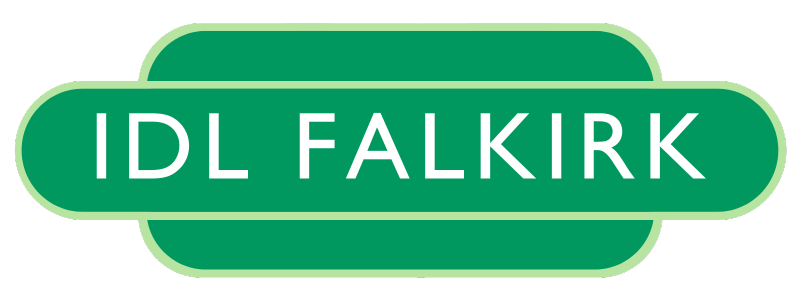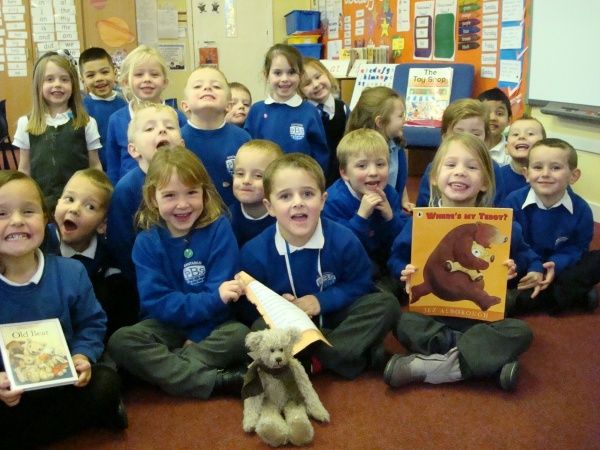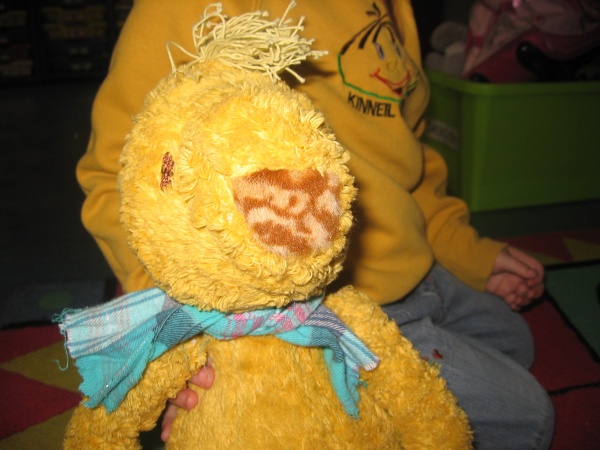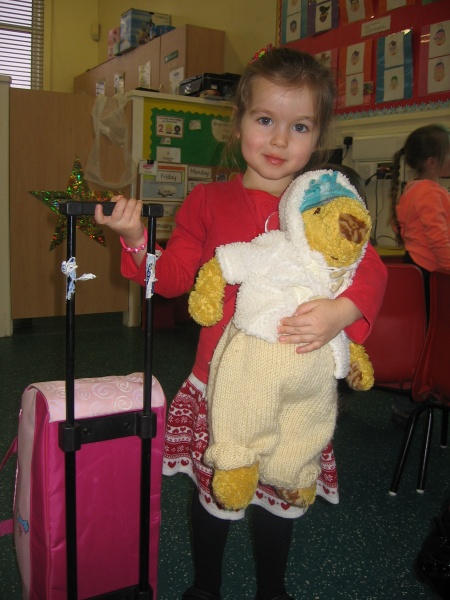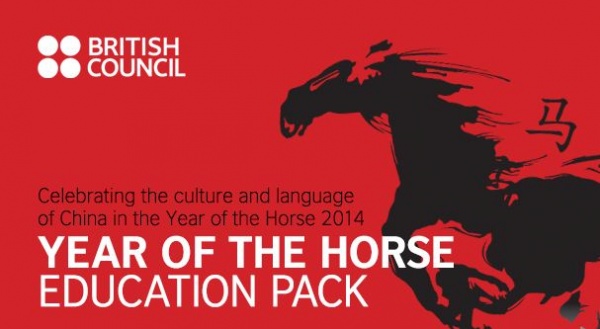 Fourteen Falkirk teachers are currently putting their Global Storyline training into practice by delivering their Giant of Thistle Mountain storyline. This training was delivered by colleagues from WOSDEC (get more info at www.globalstoryline.org.uk ), and will run this session and next. Diana Ellis, Marie-Jeanne McNaughton and Lynn Baxendale from WOSDEC, and Yvonne McBlain, curriculum support teacher with Falkirk Education Services, caught up with our teachers on Wednesday 12th February, to find out how the storylines were developing. The teachers shared where they had reached in the storyline plan, and described the impact it was having on their pupils. Gemma Douglas at Kinnaird is delivering her storyline with her own class, and supporting primary 1 & 2 colleagues so that they can take part in the storyline too – it’s going really well and having very specific impact on the skills of certain pupils. Jenny Deacon at Carron PS is finding that her pupils have “totally embraced” the storyline and are demonstrating very sophisticated levels of thinking (click here to see some of Jenny’s documentation). Angelique Watt, and Emma-Jame Williamson are adapting the storyline for their enhanced provision pupils at Larbert Village PS, who are engaging really well with the characters and progressing their social skills too. Holly Keenan at Bonnybridge PS has used the storyline to develop her primary 2 pupils’ understanding that it is people who make a community. Jennifer Main at Wallacestone PS can already see how her pupils are applying and developing their awareness of rights and responsibilities through the storyline, and Liz Stephen and Laura Beattie are finding that their pupils are better at co-operating while in role during the storyline at Deanburn PS. Click here to see a photo of the “floor book” record which Laura is using to document the project, and note Liz’s class frieze of Thistle Mountain below. Gillian Cain at Comely Park PS found that her pupils are also developing their understanding of communities through the context, and are so enthusiastic about it that they choose to draw Thistle Mountain during golden time.
Fourteen Falkirk teachers are currently putting their Global Storyline training into practice by delivering their Giant of Thistle Mountain storyline. This training was delivered by colleagues from WOSDEC (get more info at www.globalstoryline.org.uk ), and will run this session and next. Diana Ellis, Marie-Jeanne McNaughton and Lynn Baxendale from WOSDEC, and Yvonne McBlain, curriculum support teacher with Falkirk Education Services, caught up with our teachers on Wednesday 12th February, to find out how the storylines were developing. The teachers shared where they had reached in the storyline plan, and described the impact it was having on their pupils. Gemma Douglas at Kinnaird is delivering her storyline with her own class, and supporting primary 1 & 2 colleagues so that they can take part in the storyline too – it’s going really well and having very specific impact on the skills of certain pupils. Jenny Deacon at Carron PS is finding that her pupils have “totally embraced” the storyline and are demonstrating very sophisticated levels of thinking (click here to see some of Jenny’s documentation). Angelique Watt, and Emma-Jame Williamson are adapting the storyline for their enhanced provision pupils at Larbert Village PS, who are engaging really well with the characters and progressing their social skills too. Holly Keenan at Bonnybridge PS has used the storyline to develop her primary 2 pupils’ understanding that it is people who make a community. Jennifer Main at Wallacestone PS can already see how her pupils are applying and developing their awareness of rights and responsibilities through the storyline, and Liz Stephen and Laura Beattie are finding that their pupils are better at co-operating while in role during the storyline at Deanburn PS. Click here to see a photo of the “floor book” record which Laura is using to document the project, and note Liz’s class frieze of Thistle Mountain below. Gillian Cain at Comely Park PS found that her pupils are also developing their understanding of communities through the context, and are so enthusiastic about it that they choose to draw Thistle Mountain during golden time. 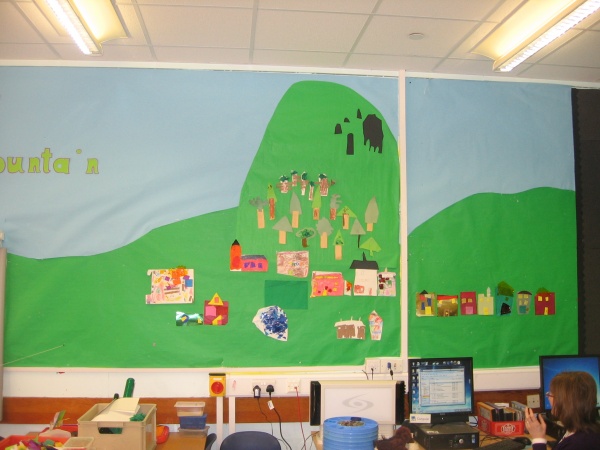
WOSDEC have adapted the Giant of Thistle Mountain for second level pupils, and the teachers involved with this plan were really pleased with the degree of impact already on their pupils. Click here to see some of the extended and creative writing done by primary 5/6/7 composite pupils at Limerigg PS with their teacher Ashley Thomson. Pupils at Limerigg are very engaged in the storyline and are sad that other pupils in the authority are not able to take part – they thought everyone should be doing this topic! Katrina Lucas at Comely Park PS, and Heather Nicol at Carron PS both have pupils who are responding really well to the storyline (see Heather’s class Thistle Mountain frieze at the start of this post), and developing their creative and critical thinking during the drama and other activities. Brenda Bennie at Kinnaird PS and Nicola Kemp at Bantaskin PS have been “blown away” by the improvement in their pupils’ understanding of stereotypes and citizenship in general. Their pupils have really got the message that you “shouldn’t judge things you don’t know about”.
It was evident from these updates from the teachers, that the global storyline is already having a huge impact on Falkirk pupils. Marie-Jeanne, Diana and Lynn were also hugely impressed by the degree of reflection, professional enquiry skills and creativity of the teachers involved. Yvonne has suggested that some teachers may want to share their work at the Global Citizenship Showcase event which will take place at Larbert Village PS on 15th May 2014.
